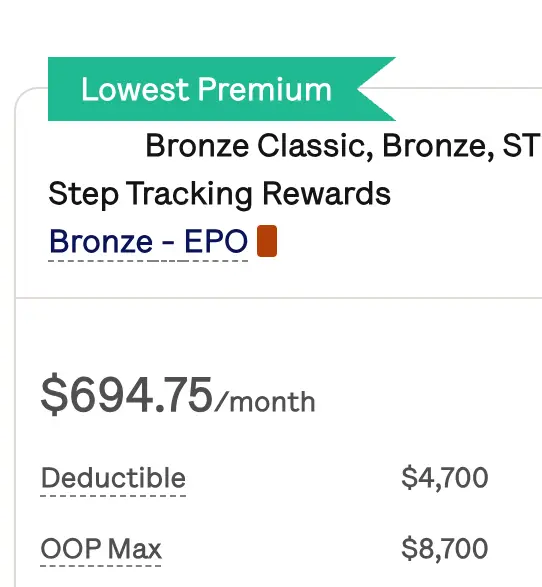When Can We Stop Wearing Masks In 2024? What Will The Summer Be Like?
Quick summary:
- Infectious Disease Experts predict that will begin to see a return to a somewhat normal way of life toward the last quarter of 2021 if 75% of the U.S population will take the COVID-19 vaccine.
- It is expected that we will be able to have small indoor gatherings and experience more normal domestic travel by the fall of 2021.
- It is also predicted that rapid antigen testing at airports will help travel return to normal next year as well as vaccine distribution.
When will life go back to normal?
According to Dr. Anthony Fauci, the director of the National Institute of Allergy and Infectious Diseases, we may start to see a return to a somewhat normal way of life in the United States toward the end of 2021.
Dr. Fauci strongly recommends that we all continue social distancing and wearing masks in daily life, as this is the best way to prevent the spread of coronavirus before the vaccine is widely available.
Read more about when will we reach herd immunity and when COVID-19 will end.
A normal way of life; how did other countries accomplish it?
China
In January and February 2020, China was amongst the worst country in the world in terms of the coronavirus outbreak.
While they were the first country with a surge of coronavirus cases, and assuming the first to recover, China also focused on easy and accessible testing, isolation, as well as health, and temperature checks.
New Zealand
As of midnight March 16th, 2020, everyone, including residents of New Zealand - had to go into self-isolation upon arrival in the country, unless they were coming from the largely unaffected Pacific island nations.
Prime Minister Jacinda Ardern said these were the strictest regulations in the world, for which she would "make no apologies".
Following this action, Ms. Ardern decided to close the borders entirely to almost all non-citizens or residents.
New Zealand introduced a new four-stage alert system, which was implemented in late March. Based on existing wildfire alerts, it would clearly indicate the current risk and the necessary social distancing measures.
With effective communication and public compliance, these steps allowed New Zealand to experience just 89 cases per day at its' peak.
Thailand
While Thailand couldn't afford mass COVID-19 screening, contact tracing was a more effective route to control the spread. There were more than 1,000 epidemiological teams investigating cases and monitoring them.
According to one study, 95% of Thailand residents are wearing masks in public during the pandemic, this is the highest rate in Southeast Asia.
Over the past few years, wearing a mask has become common practice in Bangkok, Thailand due to the terrible air pollution from heavy vehicle traffic, industrial emissions, and farmers burning fields to prepare them for planting.
As of March 23, 2021, Thailand has a low 7-day average of cases at just 170.
Australia
The nation of Australia with a population of nearly 26 million, is close to eliminating community transmission of the coronavirus. They've defeated a second wave just as infections surge again in Europe and the United States.
The country chose to quickly and tightly seal its borders. Health officials also rapidly built up the manpower to track down and isolate COVID-19 outbreaks.
And unlike the U.S. approach, all of Australia's states either shut their domestic borders or severely limited movement for interstate and, in some cases, intrastate travelers.

Get affordable doctor copay without paying insurance premiums
Join 39,000 people and get Mira, the best alternative to traditional insurance. Enroll and use immediately. Plans start at only $45/mo.
Khang T. Vuong received his Master of Healthcare Administration from the Milken Institute School of Public Health at the George Washington University. He was named Forbes Healthcare 2021 30 under 30. Vuong spoke at Stanford Medicine X, HIMSS conference, and served as a Fellow at the Bon Secours Health System.
